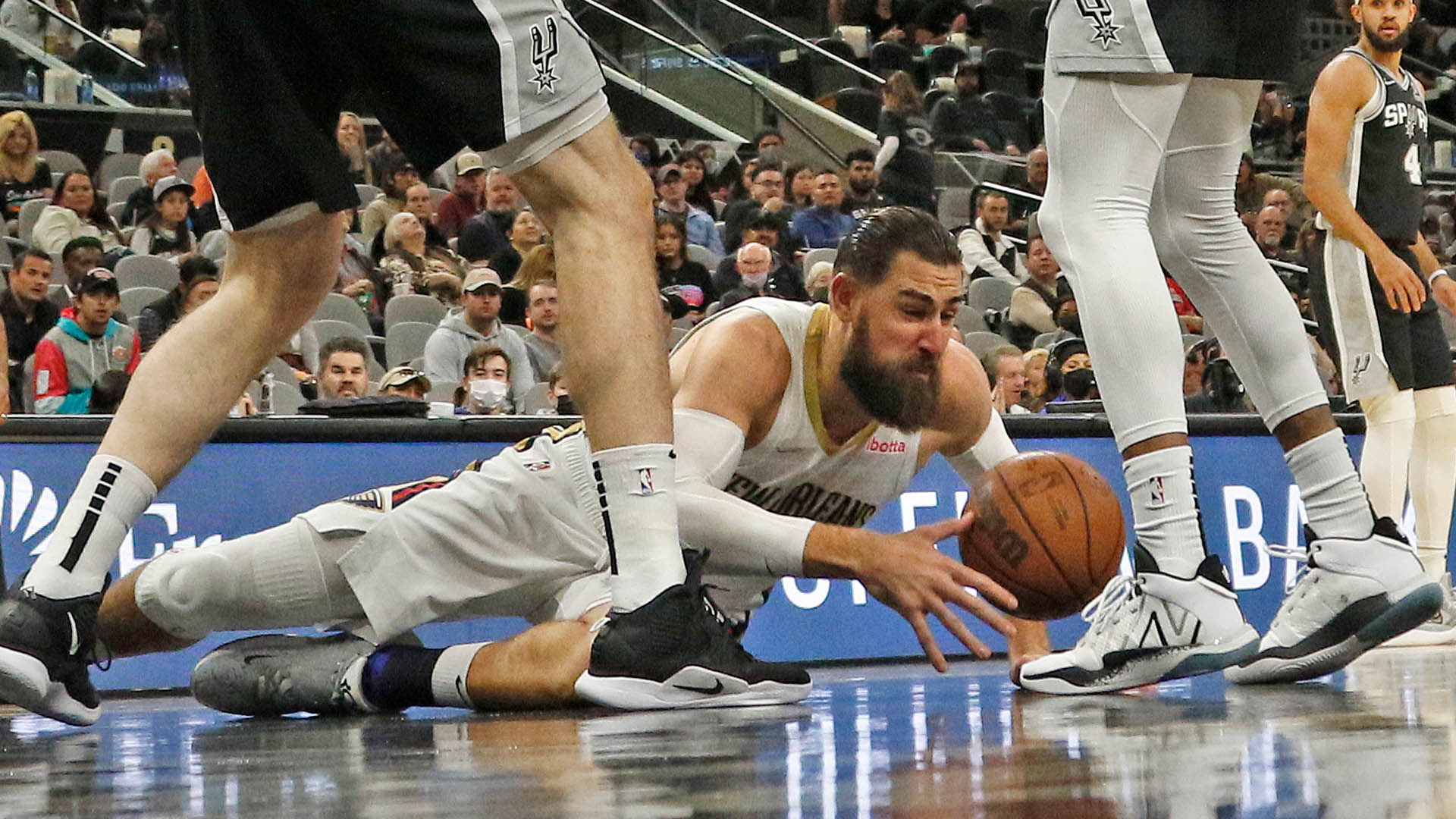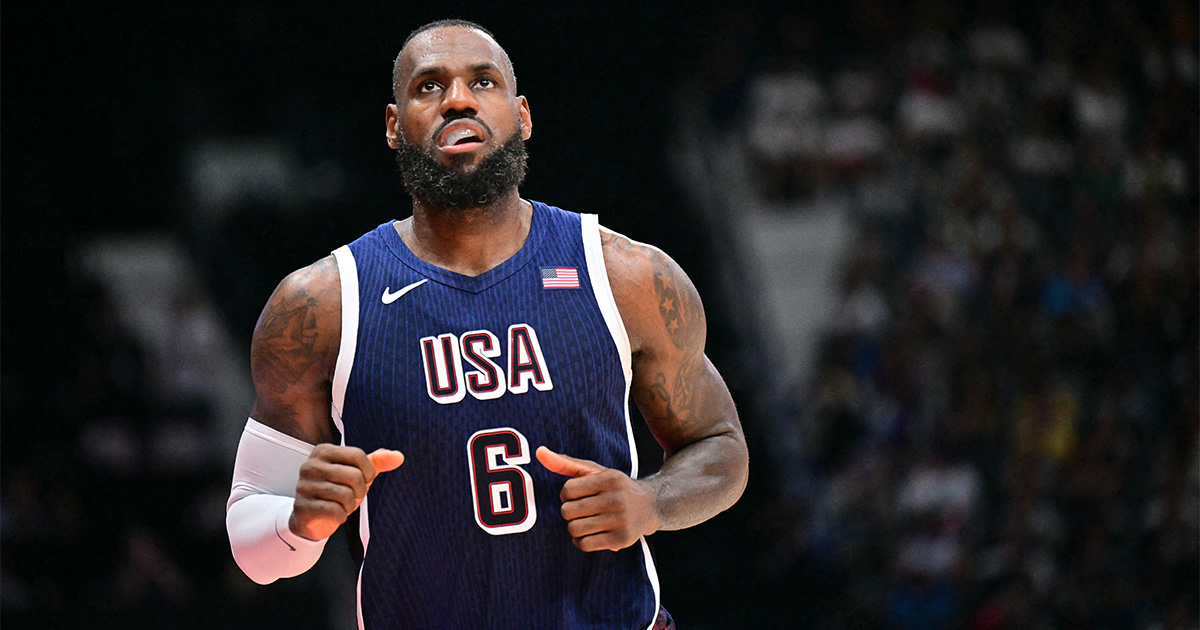Now that everyone has had their fun watching the Lakers crash and burn, it’s time for some real talk: the NBA needs to fix the play-in system.
By “fix,” I don’t mean adding some cheap gimmicks to make it more “exciting.” No, what the NBA needs to do is to create a system that stays true to the original intent of the play-in: to give a lifeline to teams that might miss the playoffs by a reasonably narrow margin.
The play-in tournament has a brief history as it was first introduced during the 2020 bubble season. As originally conceptualized, only teams finishing 8th and 9th in each conference would compete for the final playoff seed in their conference, provided they finished within four games of each other.
The NBA tweaked it the following year, making the play-in tournament automatic for teams that ranked 7th through 10th in each conference. The 7th hosts the 8th place team in the double-chance game, with the winner advancing as the 7-seed. The loser of this game then hosts the winner of the elimination game between the 9th and 10th place teams to determine the 8-seed. The NBA continued with the same format this season.
Part of the reason why the NBA decided to expand the play-in field after 2020 was because the no. 8 Blazers and no. 11 Spurs finished the season separated by a mere 1.5 games. There was a lot of chatter in the media about how deserving teams will be left off the postseason—which was a weird narrative at that time because the Blazers, Grizzlies, Suns, and Spurs were all below 0.500 in 2020. It wasn’t like 2014 or 2008 when 48-win teams like the Suns and Warriors missed the playoffs. Just like everything in the bubble, it felt contrived (I guess people had too much free time then—because nobody was watching the games). Nonetheless, this is an important frame of reference because it explains the raison d’être of the expanded play-in, i.e., to give more deserving teams a shot to play their way into the postseason.

The current format looks to be working for the East this year where the 7th to 10th place teams are all above 0.500 and within one game of each other. But for the West? Not so much. New Orleans is six games behind the better Los Angeles team, while San Antonio is a further two games back. I mean, you can tell that the Pels and Spurs don’t deserve a shot at the playoffs just by simply looking at their win-loss records: New Orleans is 36-46 and San Antonio is 34-48. NBA fans cheered them on as they reeled and gutted the Lakers’ playoff hopes, but the truth is the Lakers were just another mediocre team that would have been eliminated as early as two weeks ago under the pre-play-in era. Sure, both the Pelicans and Spurs finished relatively strong, but only three of their combined wins in their last 12 games came against playoff teams. More importantly, they had the first four months of the season to build a credible playoff case.
What we need is a play-in system that works all the time. We can’t continue to have the dichotomy we’re seeing now between the East and West. The original concept got it right when it made the play-in conditional upon the teams’ relative gap with each other. The idea is that the chasing teams must be close enough to those holding the final playoff positions in each conference. The NBA should reinstate a similar condition instead of unthoughtfully giving automatic play-in spots to the 9th and 10th place teams in each conference. Here’s why I hate automatic play-in berths: it rewards mediocrity. It’s the equivalent of participation trophies for teams stuck in NBA limbo—those not good enough to contend but not bad enough to score high lottery picks.
I propose a variation of the original rule that the teams should be within a certain number of games of each other’s win-loss records. Instead of a fixed four-team play-in tournament, the number of games and participants may vary depending on the teams’ relative standings (which I’ll call the Relativity Rules; yes, I just ripped off Albert Einstein). The premise of the Relativity Rules is simple: Bad teams, out; good teams, in. Let me have a crack at it—
Rule 1: The number of play-in participants shall be determined by the gap between the no. 7 and no. 10 teams.
Sub-rule 1.1: If no. 10 is within five games of no. 7, there will be a four-team play-in tournament similar to the current format.
Sub-rule 1.2: If the gap between no. 7 and no. 10 exceeds five games, the no. 7 team automatically makes it to the playoffs as the 7-seed. The number of play-in participants would then be determined by the succeeding rules.
Rule 2: If no. 10 is within five games of no. 8, there will be a three-team ladder-style tournament to determine the final playoff spot. No. 9 will host no. 10 in the first play-in game, with the winner facing off with no. 8 in the second game.
Sub-rule 2.1: If the gap between no. 8 and no. 10 exceeds five games, no. 10 is automatically eliminated.
Rule 3: If sub-rule 2.1 applies and if no. 9 is within three games of no. 8, there shall be a single play-in game.
Sub-rule 3.1:If the gap between no. 8 and no. 9 exceeds three games, no. 8 automatically makes the playoffs as the 8-seed. There will be no play-in games.
Basically, there could be a four-, three-, or two-team play-in. I’m taking the Scooby snacks away from mediocre teams and giving them to good teams. Minnesota won 46 games this year and is clearly a much better team than either the Pelicans or the Spurs. They deserve to be in the playoffs this year, no ifs and buts. Winning games should be incentivized because the goal should be to make regular season games matter. It’s a mistake for the NBA to try to be too clever by hyping up the play-in more than any of the 82 games.
There will be no play-in games in the Western Conference this year under the Relativity Rules. The Wolves clear sub-rule 1.2 because the gap between them and the Spurs is a whopping 12 games. The Clippers also get an outright playoff berth because the Spurs are eight games behind (sub-rule 2.1) and are five clear of the Pels (sub-rule 3.1)
The Eastern Conference checks sub-rule 1.1, which means Cleveland, Brooklyn, Atlanta, and Charlotte will all take part in a four-team play-in tournament as they would under the current format.
Here are a couple of illustrative examples for Rules 2 and 3:
• Rule 2. 2003 Western Conference: No. 7 Jazz (47-35), no. 8 Suns (44-38), no. 9 Rockets (43-39), and no. 10 Supersonics (40-42). Utah is automatically in the playoffs because of the seven-game gap to 10th place Seattle, as per sub-rule 1.2. But since the Sonics were just four behind Phoenix, a three-team play-in is triggered under rule 2. The Sonics would face the Rockets in the first play-in game, with the winner facing the Suns.
• Rule 3. 2008 Western Conference: No. 7 Mavs (51-31), no. 8 Nuggets (50-32), no. 9 Warriors (48-34), and no. 10 Blazers (41-41). The 7th place Mavs were ten games ahead of the 10th place Blazers, so they automatically get the 7-seed per sub-rule 1.2. The Nuggets had a nine-game cushion on the Blazers, so Portland is out per sub-rule 2.1. Since Golden State was just a game behind Denver, they’d play each other for the final playoff spot.
The Relativity Rules are guaranteed to work in any and all scenarios. Adam Silver recently indicated that the play-in will become a fixture in the NBA, which makes it imperative to inject merit-based rationality into the format at this early stage lest it becomes one of those nonsensical things we’re stuck with for a long time. The NBA should save those participation trophies for the dunk and skills contests.















